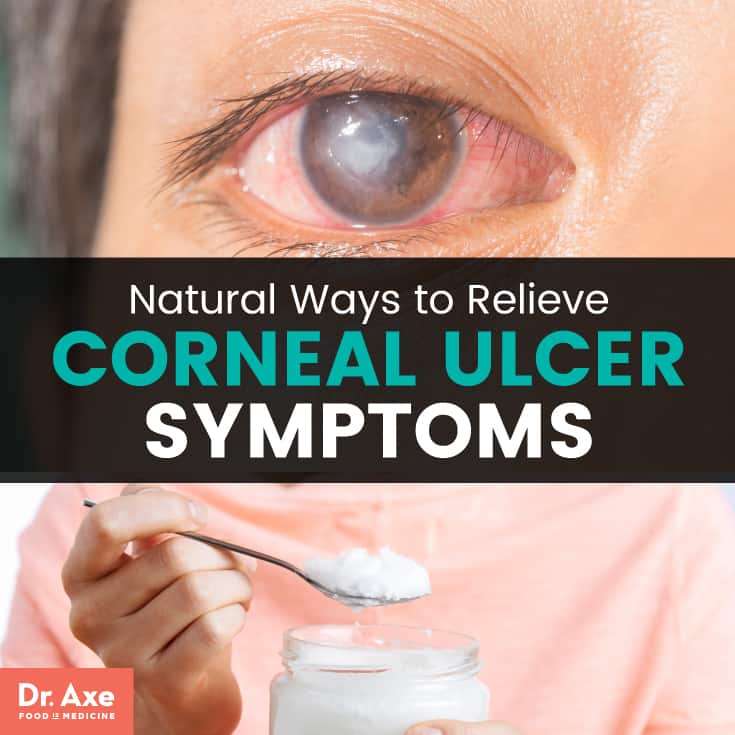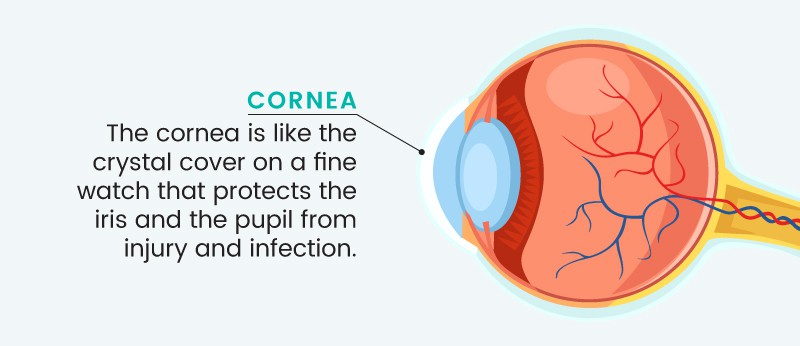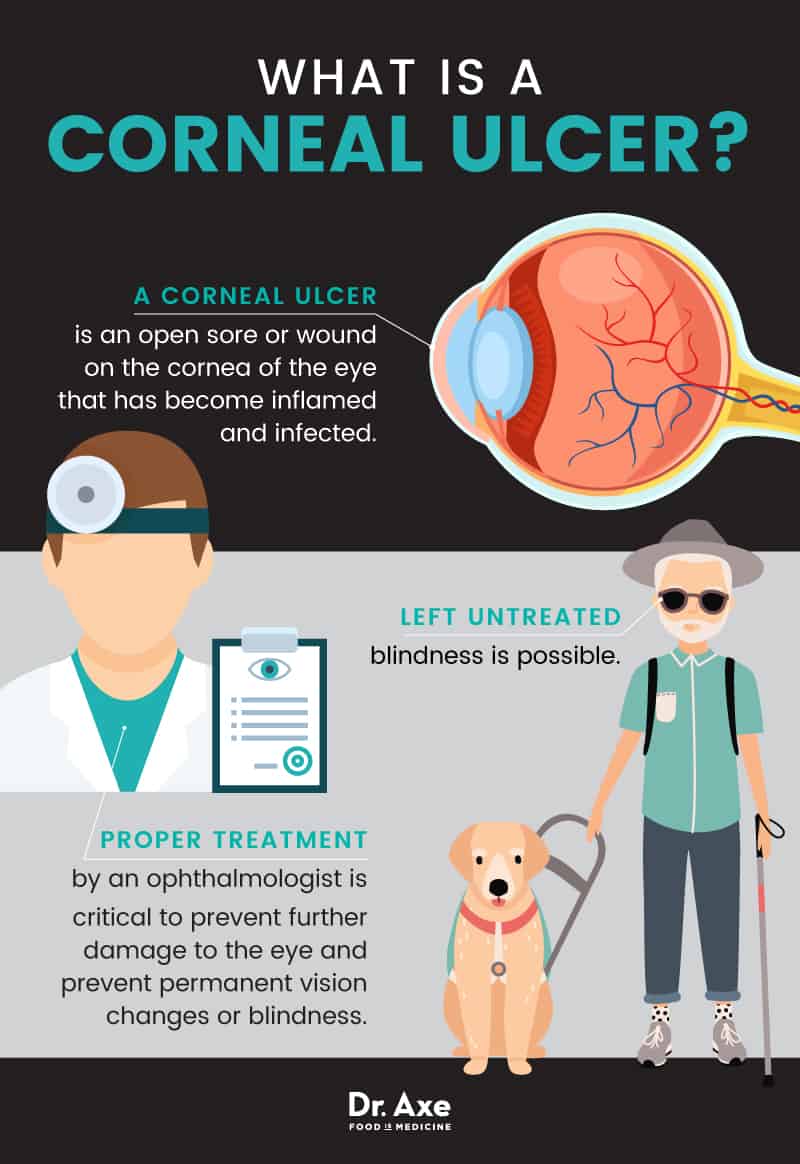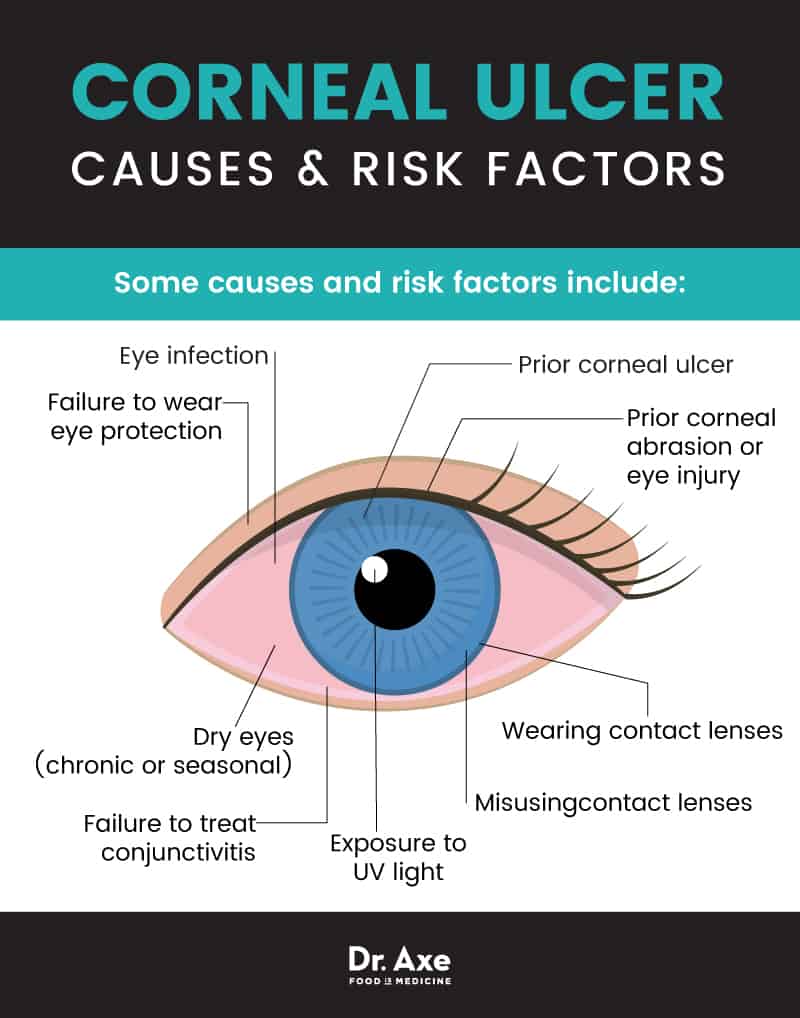This Dr. Axe content is medically reviewed or fact checked to ensure factually accurate information.
With strict editorial sourcing guidelines, we only link to academic research institutions, reputable media sites and, when research is available, medically peer-reviewed studies. Note that the numbers in parentheses (1, 2, etc.) are clickable links to these studies.
The information in our articles is NOT intended to replace a one-on-one relationship with a qualified health care professional and is not intended as medical advice.
This article is based on scientific evidence, written by experts and fact checked by our trained editorial staff. Note that the numbers in parentheses (1, 2, etc.) are clickable links to medically peer-reviewed studies.
Our team includes licensed nutritionists and dietitians, certified health education specialists, as well as certified strength and conditioning specialists, personal trainers and corrective exercise specialists. Our team aims to be not only thorough with its research, but also objective and unbiased.
The information in our articles is NOT intended to replace a one-on-one relationship with a qualified health care professional and is not intended as medical advice.
What Is a Corneal Ulcer? + Relieve Symptoms 11 Natural Ways
December 24, 2017

Corneal ulcers are a fairly common eye condition that often results from an open sore on the cornea becoming infected. The cornea plays a vital role in eye health and vision. Proper treatment by an ophthalmologist is critical to prevent further damage to the eye and prevent permanent vision changes or blindness. (1)
The ulcer may be visible to the naked eye, or the ophthalmologist may have to use special dyes and a slit-lamp to find any damaged areas on the cornea. If the eye ulcer is large, you may be able to see a gray or white spot on the eye in an area that is usually transparent or clear. Accurate self-diagnosis is impossible; seek evaluation and care under an ophthalmologist as quickly as possible for best results.
While a corneal ulcer is not contagious, the infection can be. Most infections are bacterial; however, corneal ulcers may also be the result of viruses, fungi, dry eye, eye injury, vitamin A deficiency, and improper contact lens cleaning and use. (2)
Conventional treatment of an eye ulcer may include antibacterial, antifungal or antiviral eye drops, corticosteroid eye drops and pain medication. During treatment, it is vital that you don’t wear contact lenses or makeup, and that you don’t touch your eye. The risk for complications and the need for more invasive treatment necessitates following an ophthalmologist’s directions precisely.
To relieve the bothersome symptoms of a corneal ulcer, natural treatments are available and can be useful. The key to treatment is understanding the type of infection — whether it is bacterial, viral or fungal — and then following a protocol that supports healing while relieving discomfort.
What Is a Corneal Ulcer?
A corneal ulcer is an open sore or wound on the cornea of the eye that has become inflamed and infected. The cornea is like the crystal cover on a fine watch that protects the iris and the pupil from injury and infection. When damaged, bacteria, fungi and viruses can take hold creating pain and discomfort. (3)

If you have recently experienced a corneal abrasion or a scratch on the cornea, you are at a heightened risk of developing an ulcer. The ulcer itself is not contagious. However, the infection can spread to others. Be mindful of any pus or discharge; do not share washcloths or towels and change sheets and pillowcases often when fighting an infection in the eye.
Signs & Symptoms
When you experience eye pain or discomfort, it is unsettling. Most of us depend on our vision for virtually every activity in our lives, and we take eye health for granted. If you experience any of the following corneal ulcer symptoms or signs, seek evaluation by an ophthalmologist as quickly as possible. Left untreated, blindness is possible. (4)
- Redness
- Severe pain
- Feeling something is in the eye
- Tearing
- Pus or discharge
- Blurred vision
- Sensitivity to light
- Swelling of the eyelids
- White spot on the cornea

Causes and Risk Factors
Corneal ulcers are most often caused by some sort of an infection. However, there are other causes and events that may in fact be the root cause of the condition. (5)
- Bacterial infections. A very common cause for extended-wear contact lens wearers. Bacterial infections may be the result of improper cleaning of contacts, rubbing the eyes, or contamination of the contact lens case. This type of ulcer typically responds well to conventional treatments.
- Viral infections. Often caused by the same virus as cold sores, the herpes simplex virus, an ulcer may be caused by stress or exposure to sunlight. In addition, the virus responsible for chicken pox and the shingles — varicella-zoster virus — can also affect the eye. Viral infections of the eye may reoccur; seeking proper treatment for the underlying virus infection is vital.
- Fungal infections. A fungal infection in the eye may be the result of improper use of contact lenses or the continued use of steroid eye drops. Fungi spores can get into the eye when you are out on a walk; while playing with your dog; or after you’ve touched your eye without washing your hands. Certain plant materials getting in the eye may result in fungal keratitis.
- Parasitic Infections. Microscopic, single-celled amoebas found commonly in soil and fresh water can cause severe infections in the eye. This type of infection can be difficult to diagnose, as the parasites are not visible to the naked eye. Eyelashes falling out and white flakes around eyelashes are symptoms that must be mentioned to the eye doctor for proper diagnosis.
- Corneal Injury/Abrasion. Scratches, scrapes, burns and cuts can cause an open wound allowing fungi, bacteria, viruses and parasites to invade causing an infection.
- Dry Eye Syndrome. Those with chronic dry eyes due to an underlying medical condition like Sjögren’s Syndrome or dry eye syndrome, are at an increased risk for developing an eye ulcer that becomes infected.
- Bell’s Palsy. Eyelid disorders, particularly Bell’s palsy and other paralysis disorders that keep the eyelid from functioning properly can cause corneal ulcers. It is imperative to keep eyes moist with natural eye drops or coconut oil to prevent damage.
Corneal Ulcer Risk Factors
Certain conditions give you a heightened risk for developing a corneal ulcer. These include: (6)
- Prior corneal ulcer
- Prior corneal abrasion or eye injury
- Failure to wear eye protection
- Dry eyes (chronic or seasonal)
- Contact lens wearers
- Misusing contact lenses
- Failure to treat conjunctivitis
- Exposure to UV light
- Abnormalities of the lashes or eyelids
- Eyelid disorders
- Suppression of the immune system
- Cold sores
- Chicken Pox in the past
- Shingles in the past, or present
- Steroid eye drop use
- Corneal injury due to particulates or burns

Conventional Treatment
If you suspect a corneal ulcer, seek the counsel of an ophthalmologist immediately. The examination will help your doctor determine if the infection is due to a bacterium, fungus, virus, parasite or another injury. Typically, eye drops will be applied, and the eye will be examined through a microscope to find the damage.
Once the type of infection is identified, the ophthalmologist will prescribe medicated eye drops specific to the type of infection. Please note: steroid eye drops for corneal ulcers are controversial — discuss with your ophthalmologist before using as they may worsen the infection. (7)
In addition to eye drops to fight the infection, pain medication may be prescribed. Typically, symptoms should improve within a couple of weeks. If pain, tearing, discharge, redness or vision changes occur, seek medical attention immediately. In some cases, a more aggressive approach, including a corneal transplant, may be required. When a bacterial infection is the root cause, and antibacterial drops are prescribed, please be mindful that a secondary fungal infection can occur as the antibiotics suppress the bacterial growth allowing fungi to grow faster. (8)
11 Natural Treatments to Relieve Symptoms
1. Vitamin D. When fighting any type of an infection, it is imperative that you increase vitamin D levels in your body. In fact, if you experience an eye injury or a corneal abrasion, a vitamin D deficiency (which countless individuals in the United States have) may make you more prone to developing an infection, according to research. (9)
In addition to taking a high-quality vitamin D3 supplement, try to get a minimum of 10 to 15 minutes each day of direct sunlight, without sunscreen. Of course, wear sunglasses to protect your injured eyes, and focus on consuming vitamin D-rich wild fish like halibut, mackerel, eel and salmon. Vitamin D is proven to improve mood, concentration and immune system response.
2. Zinc. When fighting an infection, take 50 milligrams of zinc daily. Zinc demonstrates antioxidant properties, improves immune system response and lessens inflammation. In addition, it is often recommended for eye health for those at risk for Age Related Eye Disease (ARED). (10)
For overall eye health, consume foods high in zinc including lamb, pumpkin seeds, grass-fed beef, garbanzo beans and cocoa powder. Try my lamb stew recipe, which is healthy and satisfying on a cool winter’s eve.
3. L-Lysine. Take 1,000 milligrams three times a day when fighting a viral infection. Research shows that L-lysine, an essential amino acid, helps to fight and prevent recurrent viral infections. (11, 12)
In addition to the supplement, add L-lysine-rich foods like parmesan cheese, grass-fed beef, lamb, wild tuna, white beans, pumpkin seeds and eggs to your diet. For a quick and easy lunch or light dinner, try my favorite tuna pasta salad featuring wild-caught tuna and brown rice pasta.
4. Eye Care. During healing, wear sunglasses and avoid unnecessary eye strain. In addition, to provide comfort and fight infection, use a moist warm compress on the eyes. Mix 3 cups of very warm water with 10 drops of oregano oil and soak a clean washcloth. Ring well, and place over the eyes for 20 minutes.
5. Vitamin A. Always at the top of the list for eye and vision health, boosting your intake of vitamin A while fighting an eye problem is important. In addition to reducing inflammation, improving neurological function, and fighting free radical damage, poor eye health is linked to vitamin A deficiency.
The best way to get vitamin A is through foods. Just 3 ounces of beef liver will provide you with three times the daily recommended value. If you would prefer, you can swap out the beef liver for sweet potatoes, raw carrots, romaine lettuce and bell peppers. If you do decide to take a supplement, remember vitamin A is fat soluble, and you need to take it along with a healthy fat for best absorption.
If you have chronic dry eyes, choose natural eye drops that contain a combination of vitamins A, C and E as well as zinc and selenium. These will not only provide relief, but also will aid in the healing of the corneal ulcer. (13)
7. Dietary Changes. Changing your diet when fighting an infection, particularly a fungal infection, is key for healing. If you are diagnosed with a fungal infection, it is imperative that you remove yeast and other fungi from your diet and follow a candida diet. Focus on eating probiotic-rich foods like yogurt, kefir and sauerkraut as well as boosting your intake of fiber, protein and fats.
8. Vitamin C. To boost immune system response, take 1,000 milligrams of vitamin C, three times a day while fighting an infection. Vitamin C not only boosts immunity, but it also improves vision for those with an inflammation of the eye and protects against macular degeneration. (14)
In addition to taking a vitamin C supplement, it is important to boost your intake of vitamin C-rich foods like guava, black currants, red bell peppers, kiwi and citrus fruits. Enjoy a morning strawberry kiwi smoothie that will not only provide a boost of protein because of the yogurt, but is also a great source of vitamin C.
9. Echinacea. When fighting an infection, take 500 milligrams, three times a day of echinacea. Studies have proven that this powerful herb fights bacteria and viruses and enhances immune system function. (15)
While generally considered safe, if you are taking any immunosuppressants, or econazole, a popular antifungal medication, avoid echinacea supplements. In addition, echinacea increases the amount of time it takes the body to break down caffeine, so avoiding caffeine is warranted.
10. Colloidal Silver. Colloidal silver kills germs by binding to the germs and then destroying them, according to research. A couple of drops in the eye can kill some types of infections. (16) While generally considered safe, colloidal silver interacts with certain quinolone antibiotics, tetracycline antibiotics, penicillamine, and the popular hypothyroidism drug levothyroxine and should be avoided.
11. Tea Tree Oil. A powerful essential oil, tea tree oil applied on the eyelid and around the eye can help fight a parasitic eye infection, according to research. Be mindful that tea tree oil should not be placed in the eye. But when used around the eye, scientists noted an improvement in inflammation, tear production and vision and noted that recurrence of a parasitic infection of the eye was rare. (17)
Precautions
- Left untreated, a corneal ulcer can cause permanent vision changes and even blindness.
- Depending on the type of the infection of the eye, it may be contagious.
- Practice safe hygiene; wash sheets frequently and don’t share towels or washcloths while fighting an eye infection.
- If you wear contact lenses, remove them any time eyes are irritated. Never use saliva to lubricate contact lenses as the bacteria in your mouth can cause an eye infection.
- Consider wearing daily disposable contacts instead of long-wear contacts.
- Keep your eyes moist if you have a condition that causes dry eyes to prevent injury and irritation.
Corneal Ulcer Key Points
- Corneal ulcers are an open wound or lesion that becomes infected, causing an ulcer.
- Infections of the eye are typically bacterial; however, they can be viral, fungal or parasitic.
- Bell’s palsy, Sjögren’s syndrome and dry eye syndrome can also cause this condition.
- Left untreated, it can lead to permanent vision changes and even blindness.
- Treatment requires specialized prescription drops depending on the type of infection.
10 Treatments to Relieve Corneal Ulcer Symptoms
- Vitamin D3 supplement
- 50 milligrams of zinc daily for an infection
- 1,000 milligrams L-lysine three times a day if the infection is viral.
- Wear sunglasses, avoid eye strain & use a warm compress
- Vitamin A-rich foods
- Eat a candida diet for a fungal infection of the eye
- 1,000 milligrams of vitamin C, three times a day when fighting an infection.
- 500 milligrams, three times a day to fight viruses and bacteria
- Colloidal silver as eye drops to fight infection of the eye
- Apply tea tree oil around the eye and on the eyelid to fight parasitic eye infections.
